By Jaime Jovanovich-Walker
Many of you know that I am a true local, born and raised in Pullman, WA thirty… something years ago. At age 10, my mom, dad, and I moved to the most perfect little 7-acres about 10 miles north of Pullman. It had been a goal of my mom to own a farm, and purchasing “the Ranch,” as my dad liked to call it, was the realization of a lifelong dream.
The land was overworked to say the least. Having spent decades as a pig farm, followed by poor land management and overgrazing of cattle by the previous owners, the property was in need of some serious TLC.
The perennial stream running through the entirety of the property was overgrown with invasive grasses, thistles and teasel were rampant, and the banks of the stream were so trampled by livestock it was hard to see that there was a channel at all. The nitrogen load in the water was probably off the charts from years of manure stored right along the streamside, and that old heap of a car and concrete block that someone tossed in sure didn’t support a healthy waterway either.
But for my mom, the Ranch was pure heaven. She saw, clearer than anyone, the potential of the property as an oasis for birds, wildlife, native plants, shrubs and trees, and a vital stopover for critters of all kind in the middle of a sea of traditionally cultivated agriculture. As a kid, the land was heaven for me too, especially the stream. I spent hours watching and catching frogs, small fish fry, and one very elusive and wily crawdad.
Over the past 25 years, Linda has worked tirelessly at invasive species and weed control, and partnered with Palouse Conservation District on five different riparian and upland restoration projects. These restoration projects have helped to repair the stream channel, add native vegetation for wildlife shelter and food, and have improved water quality throughout the property.





Somewhere along the way, the property earned certification as a wildlife habitat and sanctuary and is home to a myriad of birds, amphibians, rodents, ermines, and is frequented by deer, moose, and raccoons. Most recently, it’s become home to another very special resident: the beaver.
Beavers are a keystone species, meaning their existence and presence greatly impacts other species and the ecosystem as a whole. Some of nature’s most impressive engineers, beavers have the incredible ability to completely overhaul the natural environment to purify waterways, create wetlands, and improve habitat and conditions that allow other animas and plants to flourish. Most of all, they are an indicator species of overall ecosystem health, signaling that the hard work of the last two and a half decades was paying off in spades.
The first family of beavers arrived about eight years ago, but decided to build not one, not two, but three dams which ultimately led to their eviction. After trapping and relocating three young kits, it wasn’t until this year that a new family made the Ranch their home. After causing a major flooding issue around the house and barns, a few adjustments to cohabitation were necessary.
Enter the Lands Council, a Spokane-based natural resources and conservation nonprofit. The Lands Council works with a wide range of partners including private landowners, land trusts and conservation districts, municipalities and local and state agencies to create smart, beneficial, and sustainable solutions to environmental issues and concerns.
With the help of Chris Bachman, Wildlife Program Director; Ben Goldfarb, Lands Council board member and author of the award-winning book ‘Eager: The Surprising Secret Life of Beavers and Why They Matter;’ and Eli Francovich, author and Spokesman Review Outdoors Reporter, an experimental “pond-leveler” has been installed to ease the strain of living with critters that can’t help but dam up any moving water they happen upon.
What happens when your conservation and restoration projects work even better than you had anticipated? Landowner Linda Jovanovich learned that on her land,...
Since installation, the beavers have been busy fortifying the dam and lodge for the coming winter. They’ve also been venturing further from home base, sampling apple and plum trees in the orchard to the east and completely chomping through some major branches of large willows farther down the stream to the west. Only time will tell what other modifications and changes to the land they will make, but thanks to forward thinking landowners like Linda and conservation partners like the Lands Council, the beavers are happy and safe in the healthy ecosystem they have helped to build.
Stepping foot on the land now, it’s hard to imagine what state it was in just a couple of decades ago, and the property serves as wonderful example of how individuals can have a huge positive impact on the landscape that we all love. Currently, Linda is in the early phases of considering permanent protection of the property to ensure that her hard work can be enjoyed and celebrated for generations to come.













